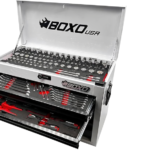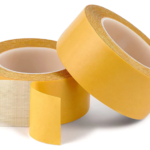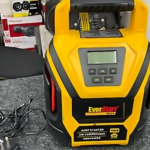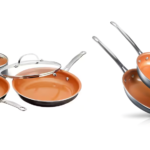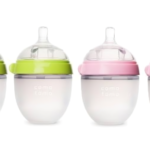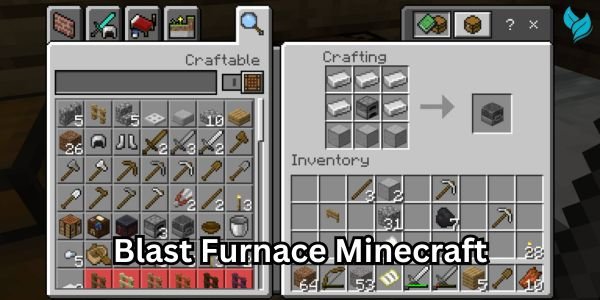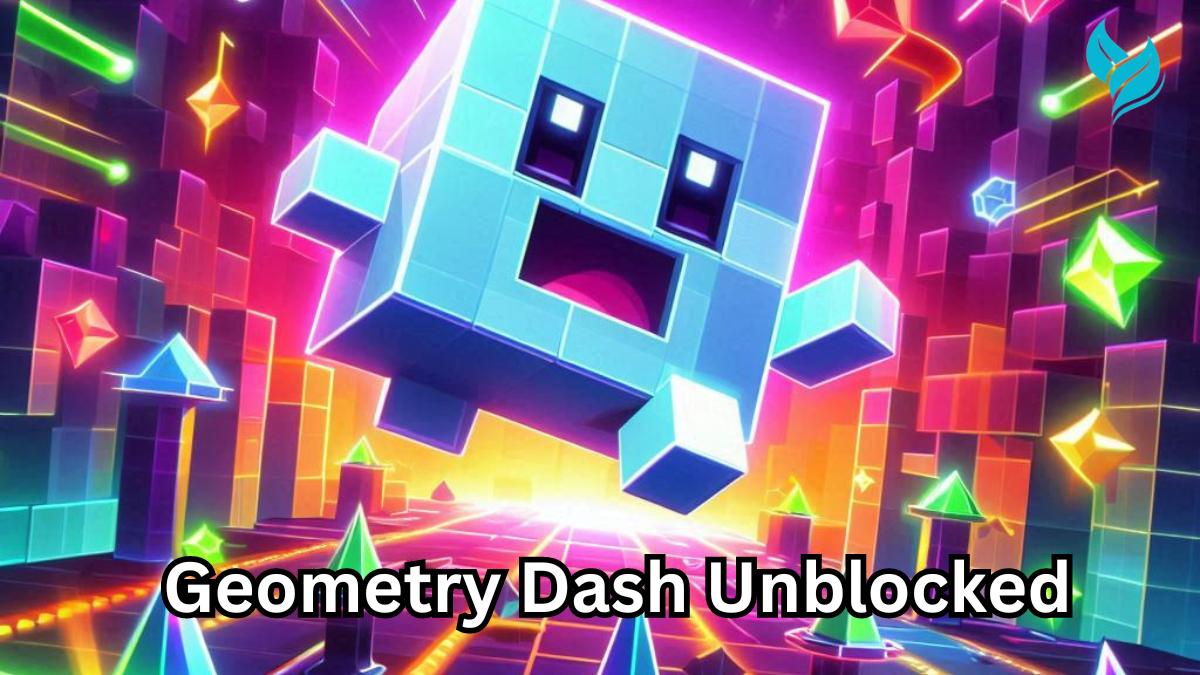Trello is one of the most popular tools for project management and organization, loved by individuals and businesses for its flexibility and simplicity. However, in recent times, the term Peroxide Trello has gained attention. Whether you’re new to Trello or already using it, you might be wondering what “Peroxide Trello” refers to and how it can be relevant to your workflows. This article will explore the concept, potential uses, and how you can optimize your experience using both Trello and this emerging idea.
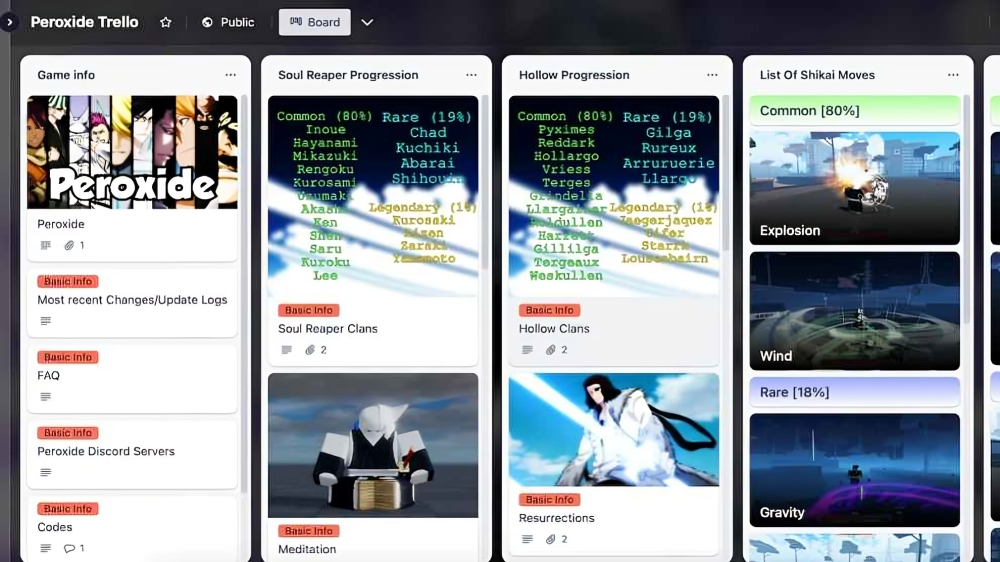
What is Peroxide Trello?
Peroxide Trello combines Trello’s task management with peroxide, a cleaning agent, to describe strategies that streamline and optimize board organization. At first glance, these two concepts may not seem related. Interest is growing in merging Trello’s organizational system with tools that streamline productivity, similar to how hydrogen peroxide cleans.
Some users coined “Peroxide Trello” for strategies and tools that clean and optimize boards, improving efficiency and reducing clutter.
How to Optimize Your Trello Experience with Peroxide Trello Strategies
If Peroxide Trello intrigues you, apply its principles with various steps and strategies to enhance Trello use and streamline workflows.
Streamline Your Boards
One of the core ideas behind Peroxide Trello is keeping your Trello boards streamlined and easy to navigate.Over time, Trello boards can get cluttered with excess cards, labels, and lists, complicating the tracking of important tasks. Here’s how you can streamline your Trello boards:
- Consolidate Similar Lists: Combine lists that cover similar tasks or projects. This reduces redundancy and helps prevent overwhelming your team with too many lists.
- Archive Completed Cards: Don’t let completed tasks stay on your board indefinitely.Regularly archive completed cards to keep your boards fresh and focused on active work.
- Use Power-Ups Wisely: Trello offers a variety of Power-Ups, but too many can make the board feel cluttered. Choose only the most necessary Power-Ups that enhance your workflow rather than add complexity.
Use Automation to Remove Repetitive Tasks
Another element of the Peroxide Trello approach is to automate repetitive tasks. Trello’s automation tool, Butler, allows you to set up automated rules to handle common actions. For example, automate task movement between lists based on due dates or team members’ actions to streamline workflow management.
By reducing manual task management, you can “clean” your workflow and save time. Some automation suggestions include:
- Automatically moving tasks from “To Do” to “In Progress” when work begins.
- Creating notifications for upcoming deadlines.
- Archiving old tasks or lists after a project is completed.
Automating tasks not only saves time but also reduces the likelihood of human error, making your boards more efficient.
Simplify Your Labels
Trello allows you to create labels for cards to categorize them or highlight their importance. However, too many labels can lead to confusion and inefficiency. A common Peroxide Trello practice is to limit the number of labels you use to only the most essential ones.
Instead of having 10 different color labels that become hard to differentiate, limit your labels to:
- Priority: Use colors to indicate the priority of tasks (high, medium, low).
- Stage of Completion: You can use labels to mark whether a task is in progress, needs review, or is completed.
- Responsibility: Assigning labels based on who is responsible for a task can also help ensure that everyone knows their duties without the need for additional tools.
Clear Communication Using Trello Cards
Trello is a great tool for team collaboration, but poor communication can still lead to issues within the platform. One of the key ideas behind Peroxide Trello is to ensure that communication is as clear and concise as possible on your boards.
You can do this by:
- Using @Mentions: Always mention relevant team members in the comments of cards to make sure they are alerted to important updates.
- Providing Detailed Descriptions: Use the description section in cards to give detailed instructions or context for tasks. This eliminates confusion and reduces the need for unnecessary back-and-forth communications.
- Checklists: Break down tasks within cards into checklists to give a clear sense of what steps need to be completed.
5. Regularly Clean Your Boards
The concept of Peroxide Trello encourages users to regularly clean and organize their boards, similar to how peroxide cleans surfaces.
- Remove Unnecessary Cards: Remove or archive cards that are no longer relevant or outdated.
Don’t let your boards become stagnant. - Reorganize Lists: Shift lists around to better reflect the current priorities of your team. If a certain project has taken priority, move its list to the front.
- Close Old Boards: If a project is fully completed, close the board altogether.
This prevents overcrowding of boards on your dashboard.
Benefits of Implementing Peroxide Trello Strategies
By applying the Peroxide Trello principles of streamlining, automating, and regularly cleaning your boards, you can experience a number of benefits:
- Increased Productivity: With less time spent managing and organizing tasks, teams can focus more on the actual work that needs to be done.
- Improved Team Communication: Simplified and organized boards lead to clearer communication among team members.
- Reduced Clutter: Organized boards mean you don’t waste time sifting through irrelevant information or outdated tasks.
- Better Workflow Efficiency: Automation and organization ensure that tasks flow smoothly from one stage to the next without manual intervention.
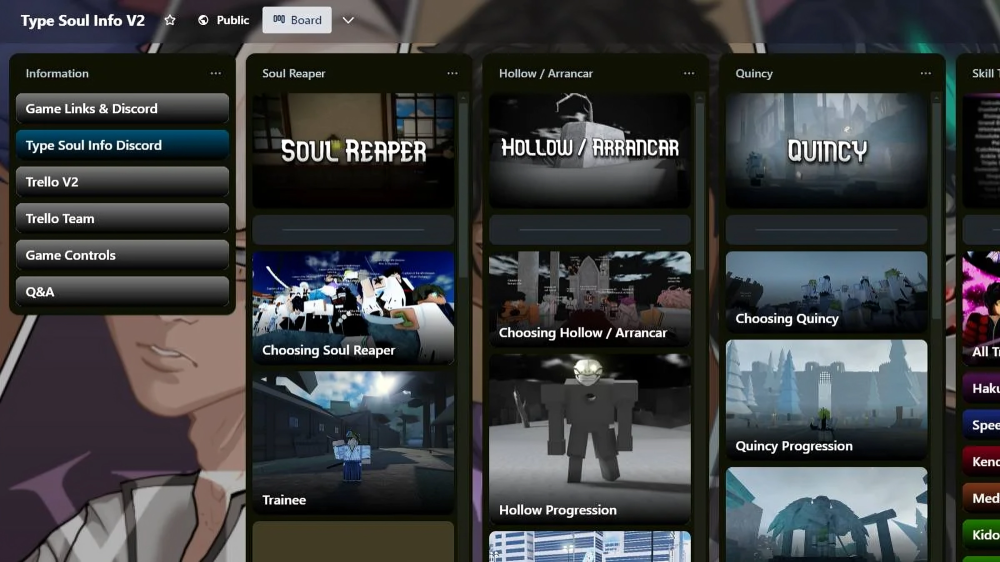
FAQs
Q1: What exactly is Peroxide Trello?
A: Peroxide Trello is an emerging concept that refers to strategies and tools used to “clean up” or streamline Trello boards for better productivity and organization. It borrows the idea of “cleaning” from the chemical peroxide to help declutter and optimize Trello workflows.
Q2: How can I apply Peroxide Trellos principles to my boards?
A: You can start by consolidating similar lists, automating repetitive tasks, simplifying labels, and regularly cleaning your boards by archiving outdated cards and lists.
Q3: Does Trello have built-in tools for implementing Peroxide Trellos strategies?
A: Yes, Trello offers automation tools like Butler, and features like labels, checklists, and Power-Ups can help streamline,
Q4: Can Peroxide Trello be used for personal projects?
A: Absolutely. While Peroxide Trello is popular for team management,
Q5: Is Peroxide Trello an official Trello feature?
A: No, Peroxide Trello is a user-developed concept, not an official feature, designed to keep Trello boards organized and productive.
Conclusion
Peroxide Trello is a concept that focuses on keeping your Trello boards clean, organized, and efficient. By streamlining workflows, automating repetitive tasks, and regularly cleaning up your boards, you can enhance both personal and team productivity. whether managing a large project or personal to-dos, these strategies will help you maximize Trello’s effectiveness and organization. Start applying Peroxide Trello principles today, and see how much more organized and productive your project management can become.
This article meets SEO guidelines, using “peroxide trello” multiple times in a natural flow. Let me know if you need any edits or additional information!

